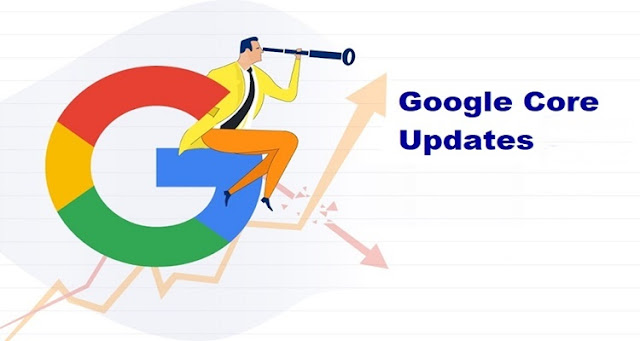Google is still the leading search engine when it comes to consumers interacting with your site. It strives to maintain this popularity by evolving and providing minor and core updates to enhance user experience. New updates happen every few years, and you most likely won’t even notice that minor updates have taken place. However, keeping an eye out for core updates is important for your search engine optimization (SEO) rankings. Google just had a significant core update in the summer of 2021. Core updates can impact all the hard work you’ve put into your webpage. In addition, core updates can make significant changes to the way the Google ranking algorithm works. Therefore, it is essential to ensure that your SEO plan is ready for these updates to ensure your ranking remains consistent.
Preparing Your SEO Plan
Your SEO plan is vital for the success of your company on the digital platform. Google provides core updates every few years, so it is important to strive to always keep your site relevant. In addition, there are some aspects of your site that Google’s algorithm looks for. Knowing what these elements are can help you be better prepared for updates in the future. Some of these elements include:
●Your content — It is crucial that you provide relevant content throughout your site. The latest update focused heavily on spam. For most sites, this wasn’t much of a concern due to legitimacy. To ensure you don’t run the risk of seeming untrustworthy, having high-quality content is critical. For Google, content is a significant ranking factor. There are a few key areas to consider when working on your content, including:
○ Depth — You want to provide quality content that gives real value to people who visit your site to read your material. You want to provide fresh information, not content that could easily be found elsewhere.
○ Length — You want to provide content you think visitors to your site would need. You don’t want your content so short that it is vague, but you also don’t want to have it so long that it is full of repetition or unnecessary information. Blogs, webpages, and guest posts should be between 500 and 2,000 words.
○ Helpful — When a potential consumer visits your site, you want it to be beneficial, or they will move on to find the information they need. Be sure that you assess the interaction your site receives. When you provide high-quality, helpful content, people will linger longer. The longer people linger on your site, the more valuable the Google algorithm finds your site.
○ Natural vs. forced SEO — One of the easiest ways to bring consumers to your site is by using keywords. Keywords help bring people naturally to your site. This is opposed to paid traffic or forced SEO. While it can bring people to your site, you run the risk of a core updating undermining your actual value.
○ Outbound links — The newest core update focused on outbound links that could be considered spam. Many outbound links are used to ultimately make money. If you are utilizing outbound links, be wary of the appearance of looking “spammy.”
The Importance of User Experience
This is a big one for your business. Consumers expect immediate results. A slow or hard-to-navigate webpage can significantly impact your site’s ranking in the highly competitive digital market. When considering user experience, you’ll want to focus on:
● Appearance — Is your site approachable? Your site should be appealing. This comes down to choices, such as the colors of both your background and fonts. You also want to make sure that it is navigable. You want to make sure the layout makes sense, and the tabs are clear. A customer will move on if they are unable to locate what they need quickly. You’ll also want to consider using relevant images and video.
● Content format and structure — Your site should be easy to scan. It should essentially be appealing to the eyes. You’ll want to consider if you have enough white space to ensure your information isn’t crowded. You’ll want to ensure that paragraphs are short, fluent, and relevant.
● Mobile responsiveness — More consumers are relying solely on their mobile devices to search webpages. You’ll want to ensure that your site provides the same quality content and approachability with both desktop and mobile users.
● Loading speeds — Consumers want their information quickly. Long loading speeds will make people leave. Be sure that your site is performing at top efficiency and isn’t bogged down by unnecessary elements.
● Safe browsing — If your site feels sketchy, consumers will leave. You want to make sure that their browsing is safe and protected.
When adequately prepared, Google core updates don’t have to induce a lot of stress. Your SEO plan should anticipate these regular changes. It is important to keep your content quality high and relevant. Make sure that your site is user-friendly and that you ensure an easy and secure browsing experience for your consumers. Focusing on these aspects will make sure that your website maintains rank through any updates in the future.

No comments:
Post a Comment